As pointed out by Elena Gorfinkel in a provocative recent polemic, the end-of-the-year movie lists that so many of us promulgate and live by are actually the handmaidens — or maybe we should say the whores — of consumerist capitalism. It’s possible that we’re always too eager to follow their bidding rather than our own (or, more precisely, to make their bidding our own).
One of the most obvious injustices of institutional dictates in this process is to demand “best” lists from many of us, perhaps even all of us, before any of us can properly comply in an educated manner. In my case, the following worthy contenders (among others) were all seen by me after I had to turn in a list of the best films of the year (in roughly descending order of presumed merit):
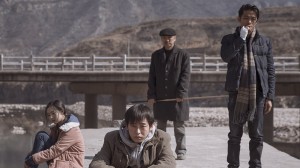
An Elephant Sitting Still
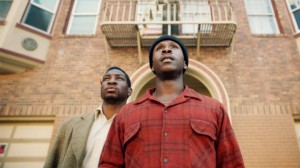
The Last Black Man in San Francisco
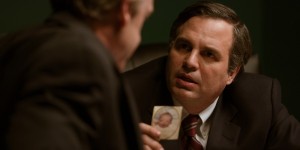
Dark Waters
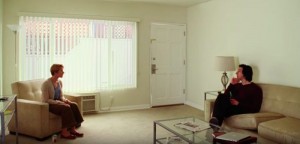
Marriage Story
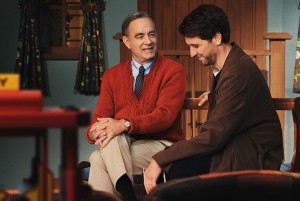
A Beautiful Day in the Neighborhood
I hasten to add that this is still near the end of November. I’m expecting to receive and access even more Academy screeners and Vimeo links to consider over the days to come.
Last year, the same thing happened. I only caught up with my favorite film of 2018 — Patrick Wang’s A Bread Factory, ignored by most of the official gatekeepers — long after all the lists had been due. Read more
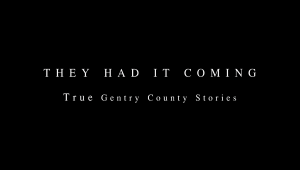
Now that I’ve seen three of the most recent half-dozen features of Jon Jost — Coming to Terms (2013, Butte, Montana), Blue Strait (2014, Port Angeles, Washington), and They Had it Coming: True Gentry County Stories (2015, Stanberry, Missouri), in that order — I find myself, unlike certain others (including Jost himself), preferring the third to the second and the second to the first. The reason why is that the basic theme of Jost’s narrative films for quite some time has been the tragic story of American men, some of them patriarchal, others simply burnt-out cases, losing their all-American souls — a theme that to my mind he already gave near-perfect expression to in his 1977 Last Chants for a Slow Dance (dead end) and which he has been spinning out periodically in diverse variations ever since. But to judge from the developments between these three recent features, this may be a story that Jost may finally be turning away from — for the sake of non-narrative meditations (especially in much of Blue Strait) and the stories of others (as in They Had it Coming), others whom in some cases may not even have discernible souls to lose. And for me, these are positive developments for a prodigious independent artist whose productivity is so difficult to chart that his eight separate blogs and two separate web sites make it even harder to track in its various forms and dispersals. Read more
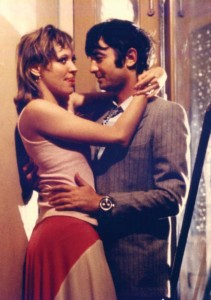
I’m very glad that Anna Karina’s neglected first feature, Vivre ensemble (1973), wasn’t overlooked in “The Female Gaze” (S&S, October), but I should also point out that the film isn’t quite as inaccessible as James Blackford, who couldn’t find a way of seeing it, assumes. Having been at the film’s premiere at Cannes and then having reseen it shortly afterwards in Paris, I still remembered it almost 40 years later when I selected and presented it on January 21, 2012, at Toronto’s Lightbox, as part of a series celebrating the Cannes’ La Semaine de la Critique. Seeing it again on that occasion, I found it fascinating — very brave, very personal, and also very, very 1973, in quite illuminating ways. The occasional autobiographical echoes reflecting Karina’s earlier relation to Godard only added to the fascination, and Karina herself suggested to me in a brief phone conversation that the film was badly received by the French film industry in part because the decision of a local actress to write and direct her own feature was virtually unprecedented at the time. I should add that she has written and directed a second feature, Victoria (2008), made in French Canada, that is even more obscure and inaccessible than Living Together has been; I haven’t been able to see it myself, and information about it on the Internet is extremely scarce, but I’m still hoping this situation will change. Read more







